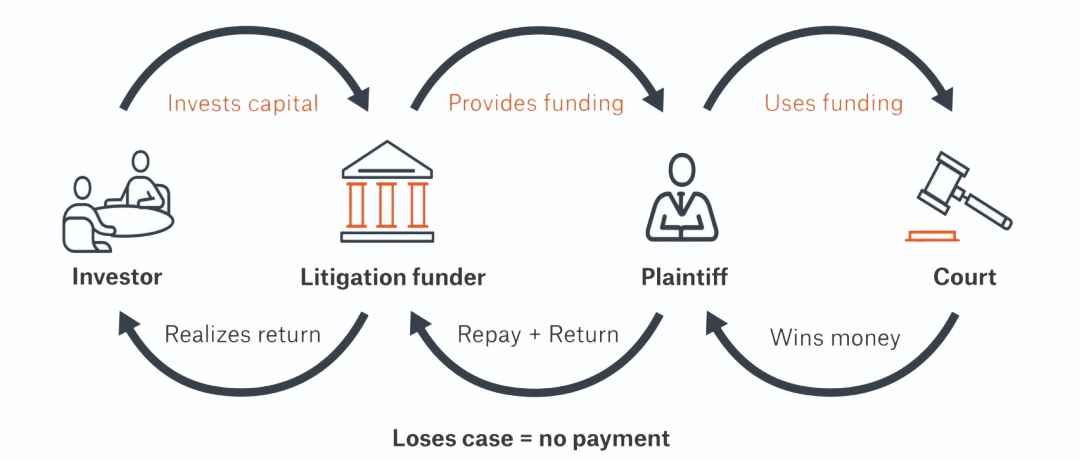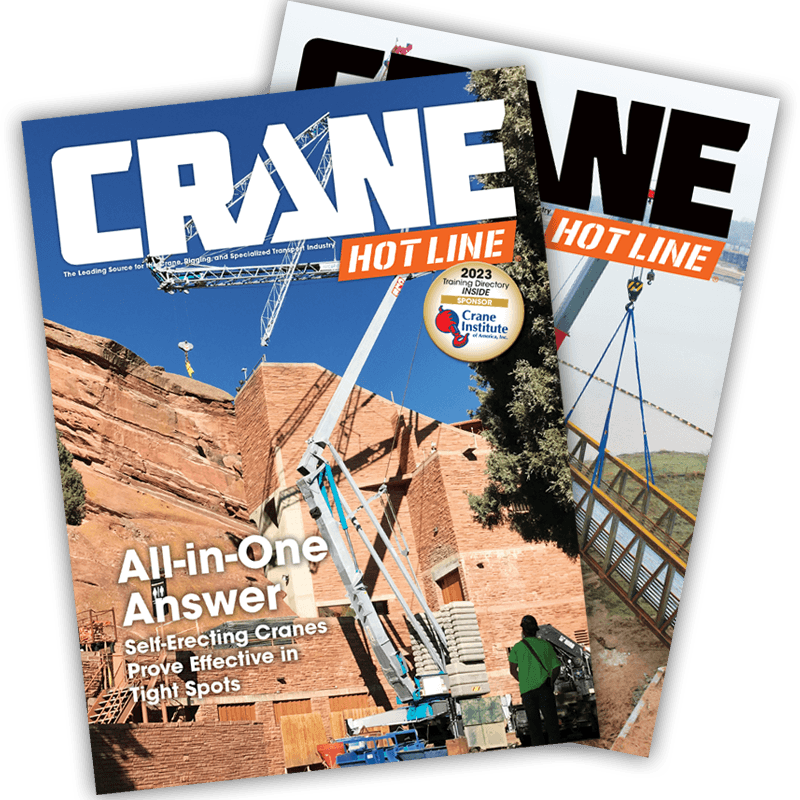Facing the ‘New Normal’
Crane owners and insurers may see $50 billion in litigation cost
Editor’s Note: This is the third of three articles by insurance industry expert Kevin Cunningham that address the malady of rapidly rising insurance costs in the crane and heavy-haul industries. The previous two appeared in the September and October 2025 editions of Crane Hot Line.
As the two previous articles in this series described, third-party litigation funding has quickly turned into a systemic cost driver for the insurance industry.
During a panel discussion at the American Property Casualty Insurance Association (APCIA) annual meeting held recently in Orlando, Florida, corporate executives who are leading civil justice reforms warned that, if unchecked, litigation funding could siphon tens of billions of dollars from insurers.
Policyholders would ultimately foot that bill at a time when the crane insurance marketplace faces the challenges of capacity shortage and rising costs.
As the previous Hot Line articles explained, litigation funding enables outside investors such as hedge funds, private equity firms and specialized financiers to fund lawsuits in exchange for a substantial portion of any settlement or award.
Although the practice is legal and increasingly common, data about its scale and outcomes is sparse.
Recent analysis of this dynamically growing matter by Ernst & Young estimates third-party litigation funding (TPLF) could impose up to $50 billion in additional costs on the U.S. insurance market over the next five years. That would be a 4% to 5.2% drag on annual loss ratios.
Ernst & Young’s analysis treats TPLF as an asset class, analyzing capital commitments and expected deployment cycles.
The model showed that once a third-party investor commits capital to funding litigation, that money will be deployed for years, creating steady pressure on claim costs regardless of near-term reform efforts.
According to Ernst & Young, “Roughly 20% of assets under management get committed to new deals each year, and those deals deploy capital over their life cycles, which average about 3.5 years, so the money is already in the system, and Ermst & Young sees these pressures continuing at least into the near future without meaningful reform.”
Disclosure Alone is Not the Cure
Research reports in Insurance Business magazine say that momentum is building for greater oversight on third-party litigation funding.
Earlier this year, federal lawmakers introduced the Litigation Transparency Act of 2025 (H.R.1109), which would require disclosure of third-party funding arrangements in federal civil cases.
Several states are considering similar measures.
Transparency advocates have argued that if funding sources were visible, courts and juries could better understand the interests at stake and assess whether plaintiffs’ strategies are being driven by justice or by investors’ profit motives.
However, disclosure alone “isn’t a silver bullet,” warned Nathan Morris, senior counsel, litigation policy and risk mitigation for Johnson & Johnson. “Constituents don’t care who’s funding a case; they care that they were hurt.”
Although Morris believes telling a jury that third-party funding is involved in a case is useful, he says it is more important to change incentives so funders will choose to invest their money in other places.
Adam Blinick, senior director of U.S. and Canada policy and communications at Uber, notes that unless a solution addresses deeper incentives, such as attorney-doctor referral networks that inflate medical billing, capital will simply flow into new areas of litigation.
“If you try to choke off the money rather than fix the underlying problem that generates those returns, you’re losing the forest for the trees,” he said.
Stemming the Rise of Nuclear Verdicts
Inflation, stagnant policy limits and rising awards are driving more claims into federal court and increasing exposure for insurers and their clients, crane owners.
According to the newly released 2025 Tort Filings Litigation Report, by Insurance Business magazine, tort cases in U.S. federal courts jumped nearly 20% from 2023 to 2024.
The report says the rise is driven by the widening gap between policy limits and today’s cost of care and living expenses.
That coverage gap, paired with climbing healthcare costs, leaves federal courts as the venue of last resort, and increasingly, the venue of first choice.
Another factor behind the surge is the rise of “nuclear verdicts” - jury awards of more than $10 million - which are growing faster than general economic inflation.
Multi-million-dollar compensatory and punitive damages grab headlines and encourage more claimants to take their chances at trial rather than accept pre-suit settlements.
That success in court, combined with attorneys advertising their ability to win lucrative judgments, convinces claimants to hold out for a windfall rather than accept an insurer’s reasonable offer.
To stem the rising tide of nuclear verdicts, a growing number of industry coalitions, small business associations and consumer advocates are beginning to share data crucial to convincing federal and state governments to change laws.
Additionally, alternative risk financing (captive) insurance programs will help progressive crane owners stem the rising tide of nuclear verdicts by proactively containing claims litigation, rather than following the traditional (reactive) claims handling that has enabled litigation abuse.
New Normal in Tort Trends
Rising tort filings, larger verdicts and funding-backed litigation mean greater exposure and more complex claims management for insurers.
These factors are driving crane owners to consider new alternative risk financing as compared to traditional reactive insurance for their crane operations.
With filings trending upward and jury awards changing expectations, insurers will need to recalibrate their subrogation strategies, reassess liability limits and strengthen litigation management to weather the “new normal” in tort exposure.
One factor is that the minimum value of a case that a federal court will look at ($75,000) has not changed since 1996.
Because that dollar amount hasn’t changed, inflation alone has shifted more cases into federal courts.
Combine that with publicity about large verdicts, and you have a strong trend toward increased tort filings for crane owners.
Conclusion
The ever-evolving trial strategies with reptile theory practices, litigation funding and the constantly growing attorney advertising will continue to frame defendants as “threats to community safety.”
We know, however, and believe firmly, that our crane industry deserves to showcase the truth.
By banding together, we can strengthen our ability to protect crane owner interests.
One new tool that may help us do that is artificial intelligence. We can use it to help turn the tide by modeling trial outcomes, anticipating jury behavior and spotting patterns that can shape our litigation strategy.
Kevin Cunningham has 27 years of experience in crane risk management and is president of Acies Crane Underwriters. He can be reached at kevin.cunningham@aciesmgu.com.



